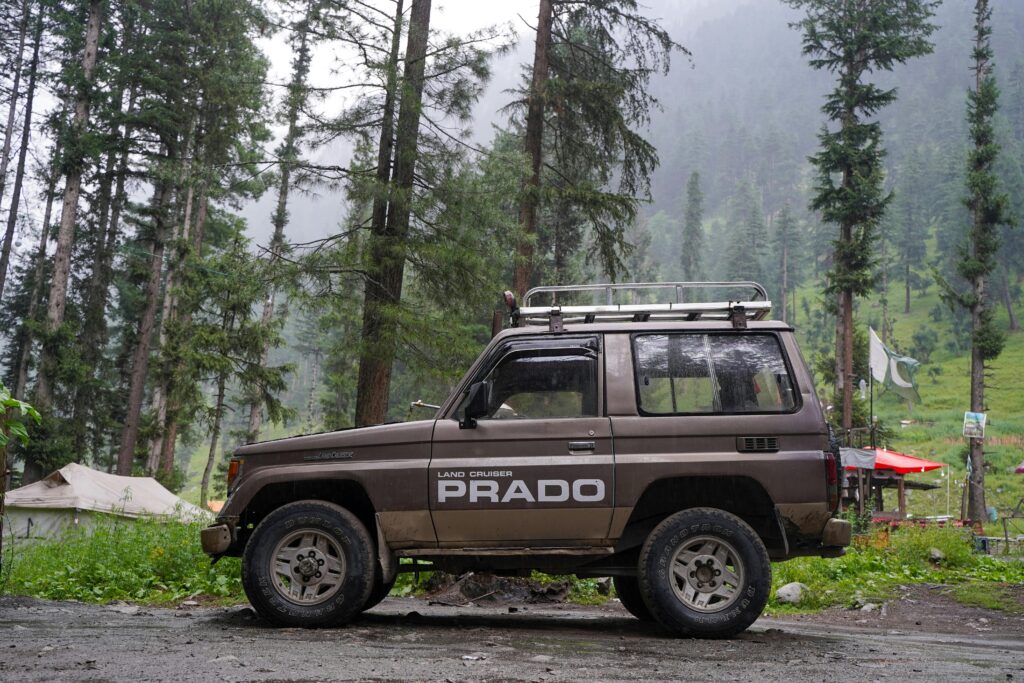Now there are real lessons in this film
Allow for the humanity, allow for 35 seconds
Share this story – Gavin Waring CEO Your Business Angels
The film follows Sullenberger’s January 2009 emergency landing of US Airways Flight 1549 on the Hudson River, in which all 155 passengers and crew survived with only minor injuries, and the subsequent publicity and investigation.
I’ve left the plot in a summary below but I want to talk about scenes from the investigation when they believe that Sully could have turned the plane around and glided the plane back to one of 2 airports.
In simulated tests pilots could land the planes (as it was revealed after trialling it 17 times) if they made an immediate decision after they realised they lost both engines. But then Sully said “let’s get real, let’s add the humanity”.
No matter how many times a pilot trains, practices or rehearses there is a moment that is required to absorb and understand what is happening, and so the investigators allowed 35 seconds for the time it takes to absorb and understand they had lost both engines and they then did a simulated flight with the 35 second delay.
They couldn’t glide the plans back to the airport. It showed that Sully had made the right decision.
At this is my metaphor for what is happening now.
We, our nation and state leaders have had to absorb what is happening and then they reacted.
While we may criticise our leaders for being slow we need to look at ourselves and ask “are we” still absorbing what is happening and have we go to the “then reacting” part – or is there still some disbelief and shock.
Have you got to that point – the point that you will make the decisions on the new “normal” that have better outcomes? Sully says “I didn’t crash, we landed in the Hudson”.
My friends, colleagues, business people and fellow Australians its realising where we are and making sound decisions based on a new “normal” that gives us a way forward. We can’t expect to glide back to the old normal, too much has changed.
Yes, we need to use every part of the stimulus package available to us, look to see what is from the federal and state governments and make it cushion or support moving forward, but we must also be a big part of the solutions for ourselves and Australia.
Your Business Angels is there to help you with everything available and interoperate and get as much for your business as you can from government packages, but we also want to tough it out with you, get creative with you, reinvent with you – work with you to keep yours, ours, everyone’s businesses going.
Now that you have had your 35 seconds – your week, your month or whatever – think and consider your business and how you will survive and succeed, no matter how humble or great your business looks.
Here is the full plot
On January 15, 2009, US Airways pilots Captain Chesley “Sully” Sullenberger and First Officer Jeff Skiles board US Airways Flight 1549 from LaGuardia Airport to Charlotte Douglas International Airport. Three minutes into the flight, at an approximate altitude of 2,800 feet (approx. 850 m), the Airbus A320 strikes a flock of birds, disabling both engines. Without engine power and judging themselves unable to reach nearby airports (Teterboro Airport being the closest), Sully ditches the aircraft on the Hudson River. The crew and passengers evacuate without any fatalities. The press and public hail Sullenberger a hero, but the incident leaves him haunted, and experiencing a dream in which the plane crashes into a building.
Sully learns that preliminary data from ACARS suggest that the left engine was still running at idle power. Theoretically, this would have left him with enough power to return to LaGuardia or land at Teterboro. Furthermore, the National Transportation Safety Board claims that several confidential computerized simulations show the plane could have landed safely at either airport without engines. Sully, however, insists that he lost both engines, which left him without sufficient time, speed, or altitude to land safely at any airport.
Sully realizes that the Board believes the accident may have been pilot error, which would end his career. He arranges to have the simulations rerun with live pilots, and the results are relayed to the public hearing. Both simulations result in successful landings, one at each airport. Sully argues that they are unrealistic because the pilots knew in advance of the situation they would face and of the suggested emergency action, and were able to practice the scenario several times. The board accepts that in real life the pilots would have taken some time to react and run emergency checks before deciding to divert the plane.
Both simulations are rerun and relayed to the hearing, this time allowing a 35-second pause before the plane is diverted. The simulated diversion to LaGuardia ends with the plane landing short of the runway, and to Teterboro with a crash into buildings before the airport. The board announces that analysis of the port engine, now recovered from the river, confirms Sully’s account that it was disabled by the bird strikes. The board concludes that Sullenberger acted correctly in selecting the best of the options available to him, which in the event saved the lives of everyone aboard.



